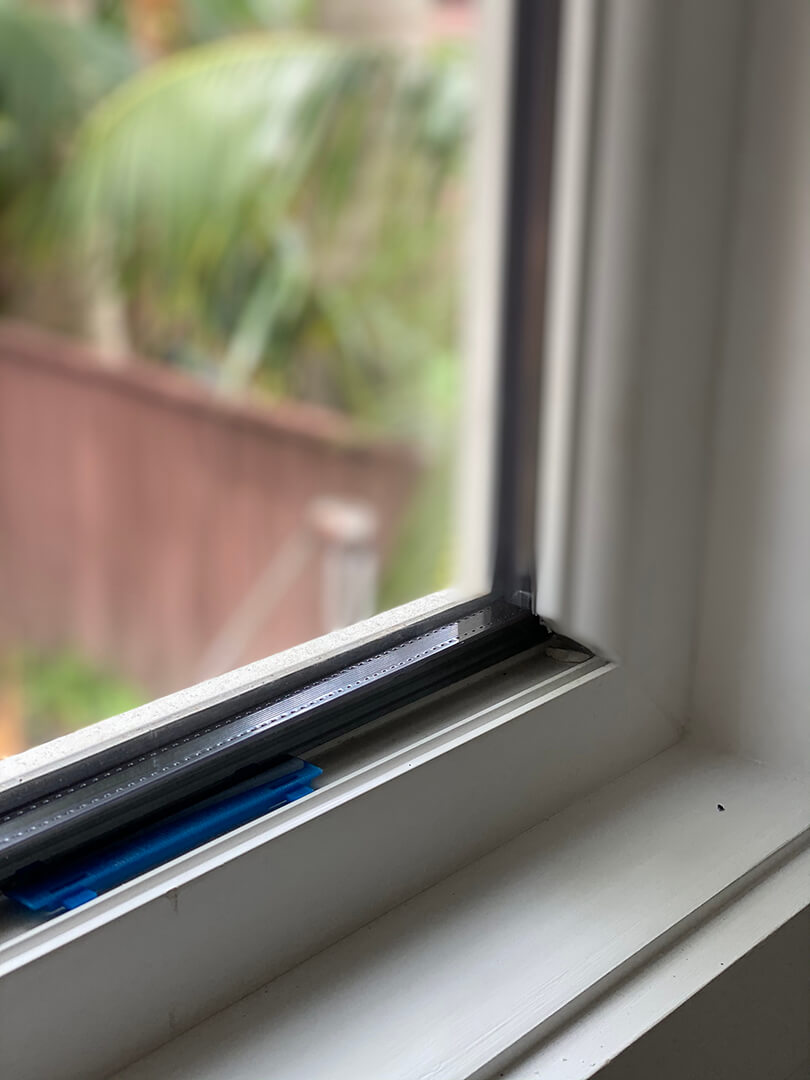All Categories
Featured
Table of Contents
4 Benefits Of Double Glazed Windows In The Summer in North Lake Perth
Glazing just means the windows in your home, including both openable and set windows, in addition to doors with glass and skylights. Glazing in fact just implies the glass part, but it is generally used to refer to all aspects of an assembly including glass, movies, frames and home furnishings. Taking notice of all of these elements will assist you to attain reliable passive design.

Energy-efficient glazing makes your house more comfy and drastically reduces your energy expenses. Unsuitable or improperly designed glazing can be a major source of unwanted heat gain in summer season and substantial heat loss and condensation in winter. As much as 87% of a house's heating energy can be gained and as much as 40% lost through windows.
Diy Double Glaze in Coogee Perth
Glazing is a significant investment in the quality of your home. The expense of glazing and the expense of heating and cooling your home are closely related. A preliminary investment in energy-efficient windows, skylights and doors can greatly lower your annual heating and cooling bill. Energy-efficient glazing also decreases the peak heating and cooling load, which can minimize the required size of an air-conditioning system by 30%, leading to additional cost savings.

This tool compares window choices to a base level aluminium window with 3mm clear glass. Understanding a few of the crucial residential or commercial properties of glass will assist you to pick the very best glazing for your home. Secret homes of glass Source: Adjusted from the Australian Window Association The quantity of light that travels through the glazing is known as visible light transmittance (VLT) or visible transmittance (VT).
Double Glazing Versus Secondary Glazing in Riverton Perth
This may lead you to change on lights, which will lead to greater energy costs. Conduction is how readily a product performs heat. This is called the U value. The U worth for windows (expressed as Uw), explains the conduction of the entire window (glass and frame together). The lower the U worth, the greater a window's resistance to heat circulation and the better its insulating worth.
If your house has 70m2 of glazing with aluminium frames and clear glass with a U worth of 6. 2W/m2 C, on a winter's night when it is 15C chillier outside compared to indoors, the heat loss through the windows would be: 6. 2 15 70 = 6510W That is equivalent to the total heat output of a big room gas heating system or a 6.
Which Double Glazing Company Is The Best? in Lockridge Western Australia

If you choose a window with half the U worth (3. 1W/m2 C) (for example, double glazing with an argon-filled space and less-conductive frames), you can halve the heat loss: 3. 1 15 70 = 3255W The solar heat gain coefficient (SHGC) for windows (revealed as SHGCw) measures how easily heat from direct sunlight streams through a whole window (glass and frame together).
The lower a window's SHGC, the less solar heat it sends to the house interior. Glazing producers declare an SHGC for each window type and style. Nevertheless, the real SHGC for windows is impacted by the angle that solar radiation strikes the glass. This is referred to as the angle of incidence.
Is Double Glazing Worth It? in South Perth Perth
When the sun is perpendicular (at 90) to the glass, it has an angle of incidence of 0 and the window will experience the maximum possible solar heat gain. The SHGC declared by glazing makers is constantly calculated as having a 0 angle of incidence. As the angle increases, more solar radiation is reflected, and less is transmitted.
Latest Posts
Why Is Double Glazing So Important In Winter? in Floreat Western Australia
Pros And Cons Of Argon Gas In Windows in Bedford Perth
Can I Have Double Glazing In A Summerhouse? in Madeley Perth